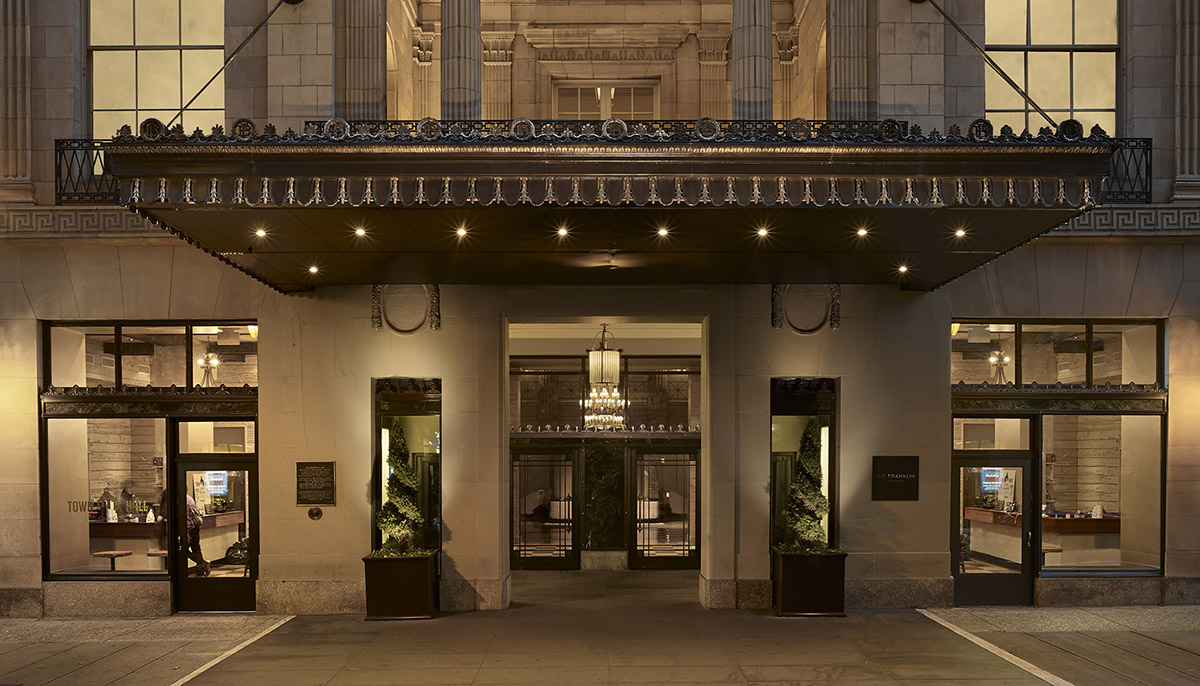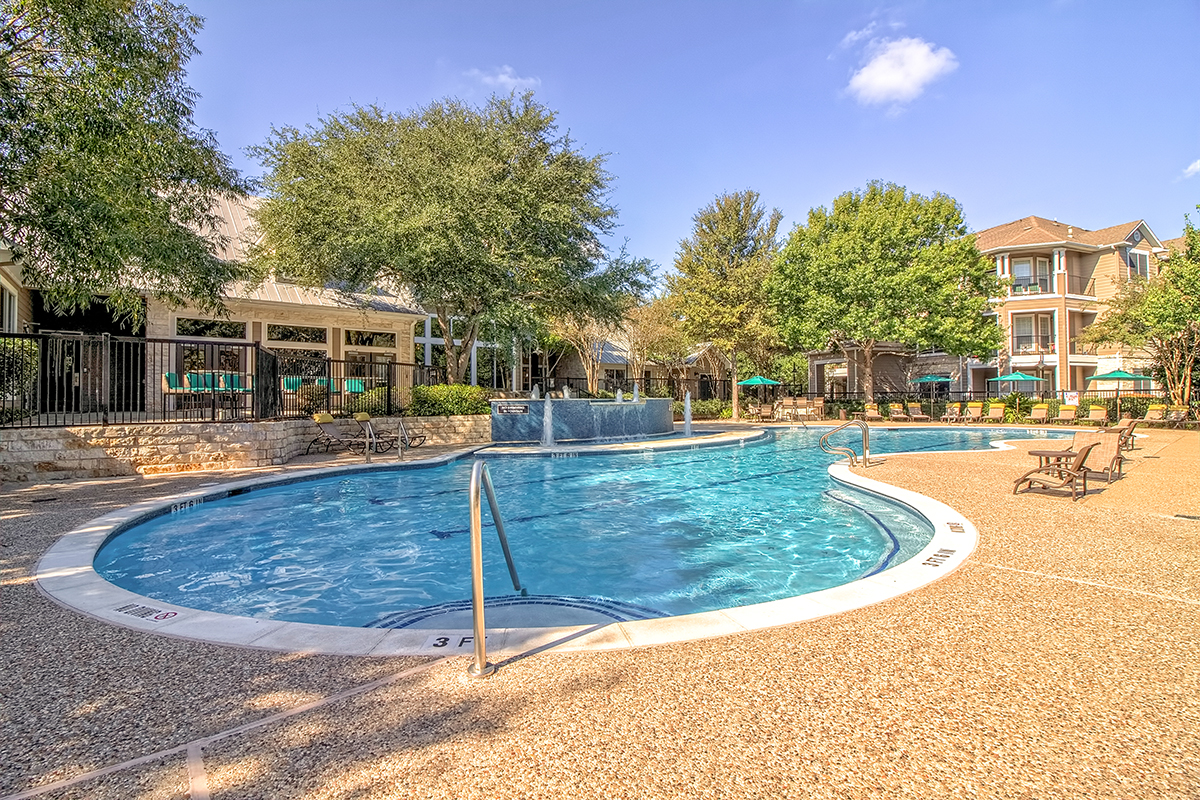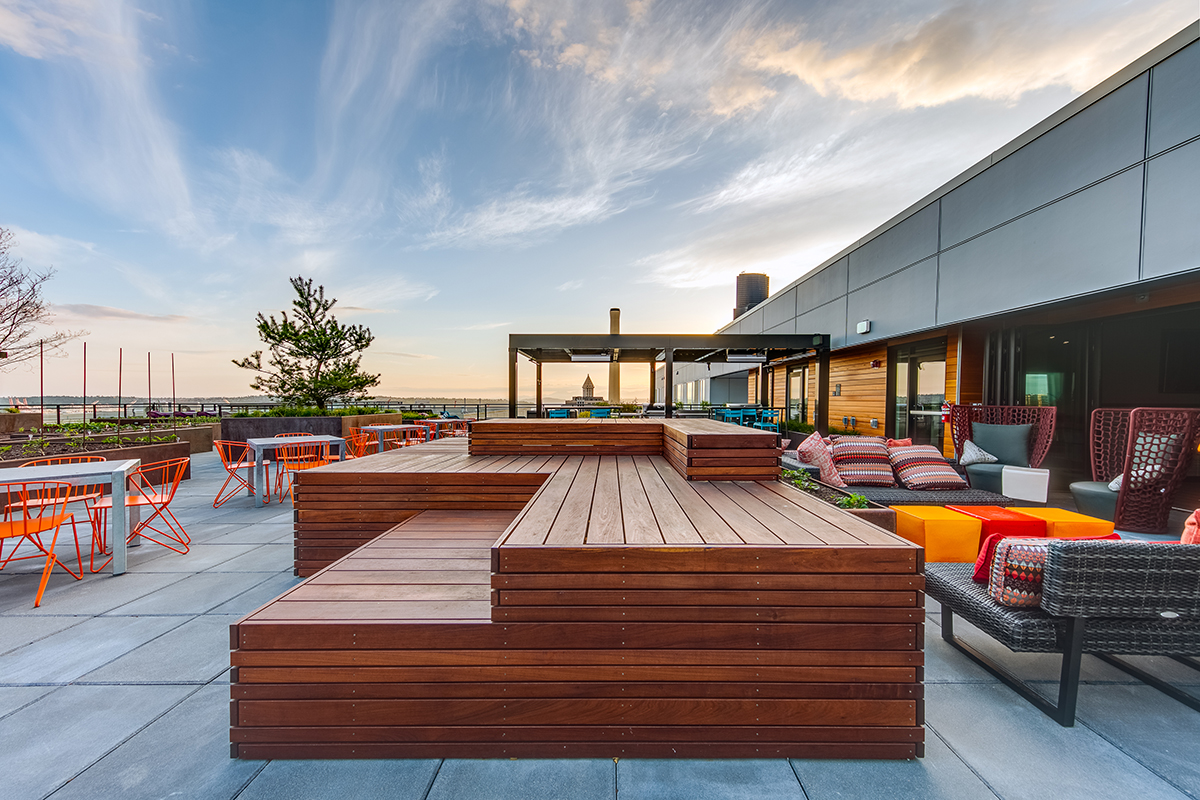Family Office Investment Strategies
The stewards of family wealth are raising their profile, snapping up trophy towers, Sunbelt communities and everything in between. What's behind their often opaque investments?

Verde Capital co-invested in Ben Franklin House with Korman Communities, enabling the real estate firm to complete renovations and lease-up of the Philadelphia landmark. Image courtesy of Korman Communities
Family offices have been around since at least the days of J.P. Morgan, but in recent years these family-owned organizations that manage private wealth have been raising their profile in the commercial real estate world.
Family office investment strategies can be hard to pin down since these organizations are private and opaque by nature. Besides, there is no universally accepted definition of a family office, and no two are alike, making it challenging to measure their footprint in the property scene. But a picture of this heterogenous group is emerging as these investors look to real estate more and more as an alternative means of preserving and gaining wealth.
“In the last few years, we’ve seen a marked increase in family offices that are interested in investing in real estate,” says Elie Rieder, CEO of multifamily owner and investor Castle Lanterra Properties.
Reliable data about this investor class is hard to come by, but available research seems to back up this perception. A recent report by Campden Wealth and UBS found that direct real estate investments comprised 17 percent of the average family office portfolio in early 2018, rising 2.3 percentage points year-over-year. The report, based on a survey of hundreds of family offices around the world with an average net worth of over $1 billion, added that these investments were evenly split between commercial and residential holdings.

Family office funds helped restore Ben Franklin House, a former hotel in Philadelphia’s Center City, to its early 20th-century grandeur. Image courtesy of Korman Communities
That finding is echoed by family office data platform FINTRX, which found that real estate investments made up 17.5 percent of the portfolios of more than 2,320 family offices tracked by the company as of May 2019. Nearly two-thirds of the family offices are based in North America.
Another measure of the market’s size comes from by Real Capital Analytics, which reports that high-net worth individuals invested some $20 billion in commercial real estate globally in 2018. For the trailing 12 months through the second quarter of 2019, that figure was $12 billion.
Beds and Sheds
Family offices represent some of the highest-profile names in business, from George Soros to Michael Dell. Vulcan Inc., the family office of late Microsoft co-founder Paul Allen, has assembled a $2 billion property portfolio through its Vulcan Real Estate arm, including a proposed 42-story office tower in Bellevue, Wash., that would be the Seattle suburb’s tallest building.

Castle Lanterra deployed family office equity to acquire and reposition Asher, a 452-unit community in southwest Austin, Texas. Image courtesy of Castle Lanterra Properties
Amancio Ortega, the Spanish fashion mogul and founder of the Zara chain, has snapped up billions of dollars’ worth of trophy properties in the U.S. and Europe, mostly through Ponte Gadea, a holding company. The firm recently purchased an office asset in central Washington, D.C., an Amazon-leased office complex in Seattle, and a downtown Chicago hotel for a combined $1.2 billion.
Such splashy deals obscure the rising popularity of low-key assets. Alex James, who heads Knight Frank’s private client advisory team in London, observes that private capital in the U.K. and Europe still tends to target prime office buildings with blue-chip tenants in major cities. But interest in “beds and sheds” is gaining momentum, he adds, with family office investment strategies increasingly targeting multifamily, residential capital markets, hospitality and industrial sectors.
“In general, if you look at family offices today, they are very risk-averse,” notes Jay Rollins, managing principal and co-founder of JCR Capital, the Denver-based alternative investment platform of Walker & Dunlop. “There’s a general feeling in the LP community today that we’re long in the cycle, a shoe is going to drop, and so there’s a lot of dry powder out there.”
He adds, “You’re going to hear the stock market’s highly valued, you can’t make any money in bonds, so everybody is switching to alternatives.”
Sheltering Wealth
Multifamily assets in secondary markets may lack the prestige of a Miami skyscraper, but they have become a part of family office investment strategies by offering stable, sustainable growth.

Vulcan Real Estate partnered with the Seattle Housing Authority to develop Batik, a 195-unit rental apartment community in Seattle’s Yesler neighborhood. Image courtesy of Vulcan Real Estate
“If you buy the premise, which we do, that family offices are largely about wealth preservation, cash flow on a sheltered basis, and some type of value portfolio accretion ahead of inflation, that would lead to assets like workforce multifamily, workforce student housing, warehouse and for-rent senior living—asset classes that tend to have less volatility than, say, CBD office in New York City,” said Jake Reiter, president of real estate private equity firm Verde Capital.
Growing concerns about a slowing economy and market ups and downs add to the appeal of recession-resistant assets. “If you wanted to choose an asset class that has the most durability, it’s workforce housing,” Rollins asserted.
Housing also offers compelling opportunities for value-add investments. Castle Lanterra, for instance, used a significant amount of family office equity to finance its 2015 acquisition of Asher, a 452-unit community in Austin. The investment firm boosted rents before undertaking a multimillion-dollar upgrade and repositioning, which allowed the company to sell Asher for $70 million in June 2019, generating a gross internal rate of return of 22 percent.
Learning Curves
The stewards of immense family wealth may need some guidance when they venture into real estate investing. Most family offices, after all, derive the bulk of their fortunes from industries other than real estate—running the gamut from digital payment systems to turkey farming.

Seattle’s Batik apartment community was developed by Vulcan Real Estate, part of the family office of late Microsoft co-founder Vulcan Inc. Image courtesy of Vulcan Real Estate
“We meet with family offices across the region, including New York City or Philadelphia, that have accumulated wealth in a variety of different industries and are trying to understand commercial real estate and access investments,” said Reiter.
For the wealthiest families, figuring it out may be more a question of deciding on a family office investment strategy than learning the ins and outs of the real estate business. Rollins, who authored a guide to commercial real estate investing, suggests that families worth at least $100 million to $200 million are generally savvy enough that he can skip recommending his book.
Some families that have amassed significant real estate holdings over the generations may hire their own property investing teams. More often, however, families align themselves with a trusted advisory firm or private equity shop to help them navigate the complexities of the industry. Family offices are increasingly likely to choose this approach over putting their money in a large Wall Street fund, because they value the active management and accessibility that a smaller firm can provide.
Transparency is key to the process, and Reiter notes that some families go so far as to get in their cars and drive to the projects they are investing in. “These are hundreds of millions of dollars they’re investing,” he said. “And remember it’s illiquid, and it’s leveraged. So they’ve got their eyes all over this.”
Perhaps the best way to build trust with family offices is to introduce them to their peers. It’s an approach Verde Capital used to recapitalize Ben Franklin House, a 1923 hotel in Center City Philadelphia. Deploying family office funds, the company co-invested in the landmark asset with Korman Communities, a real estate firm owned by Philadelphia’s Korman family.
Verde Capital twice recapitalized the equity and debt, which enabled Korman Communities to complete renovations and lease-up of the property. “We essentially match great family office investor wealth with highly successful multi-generational operating families like the Kormans,” said Reiter. “There is a comfort level on both sides.”









You must be logged in to post a comment.